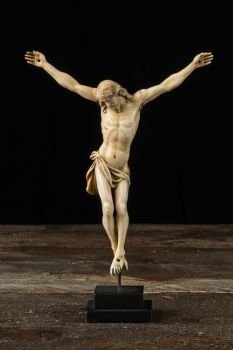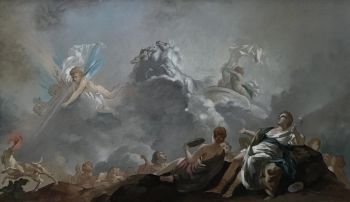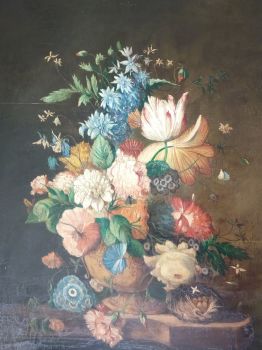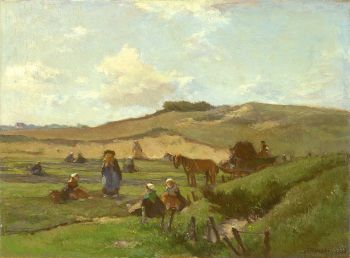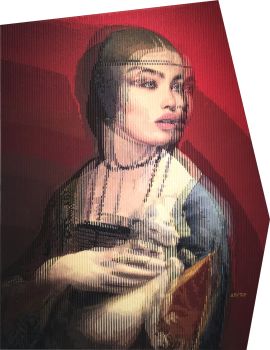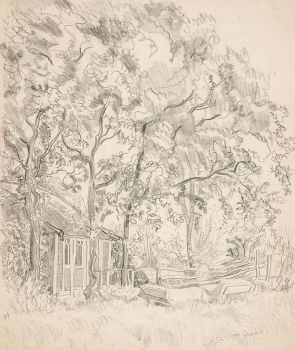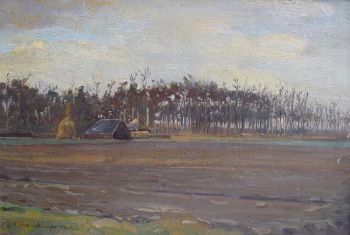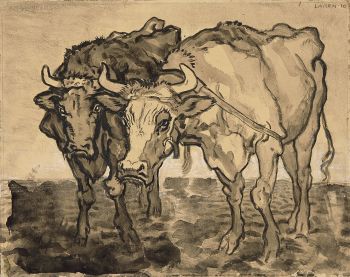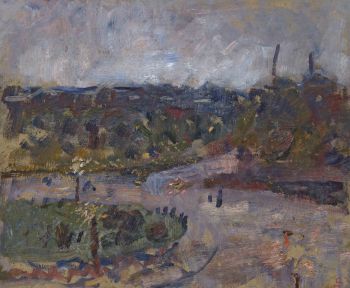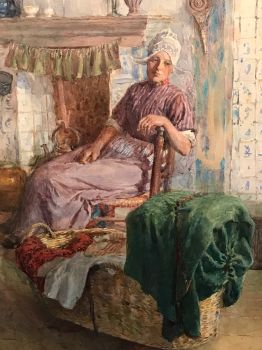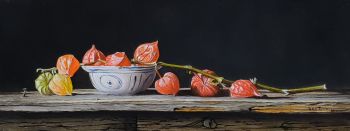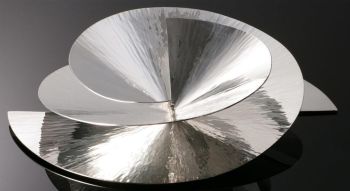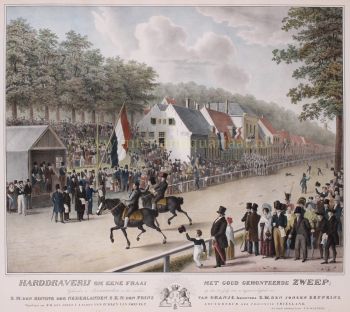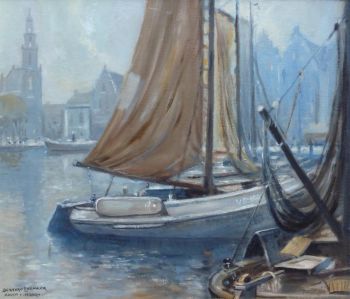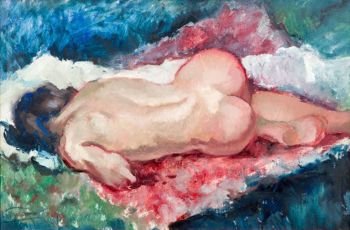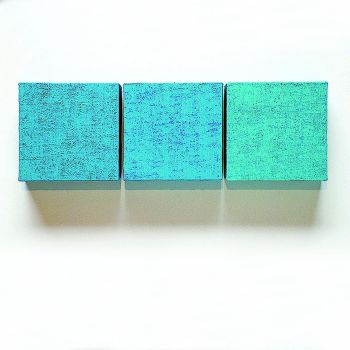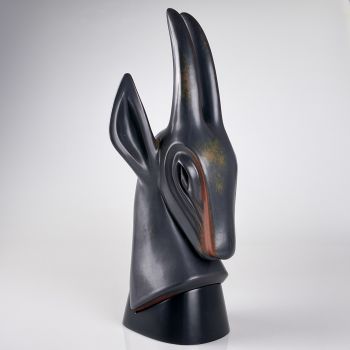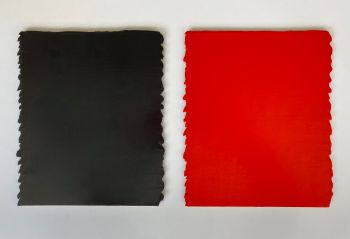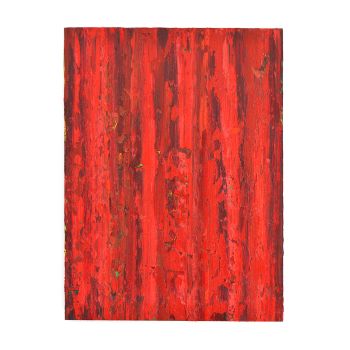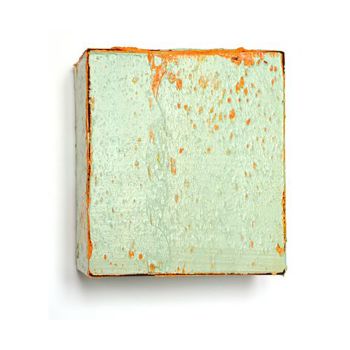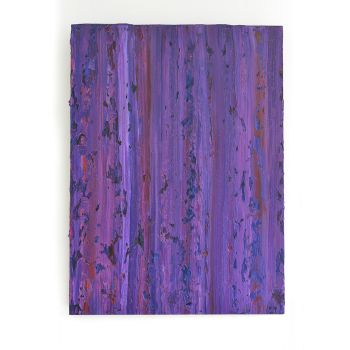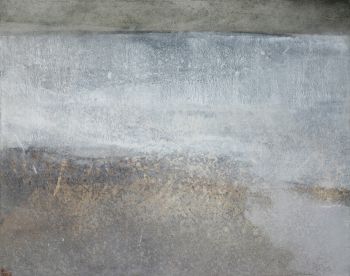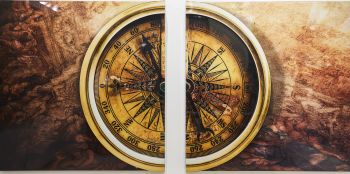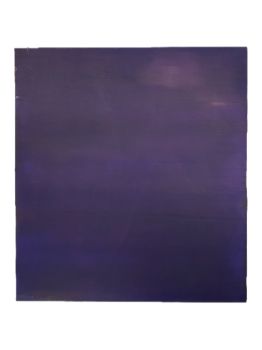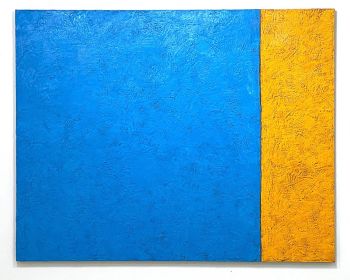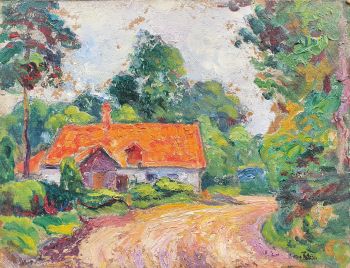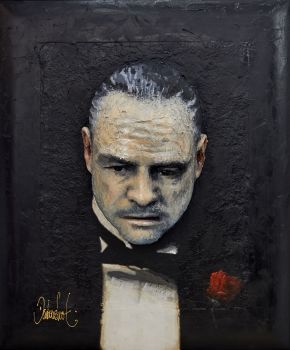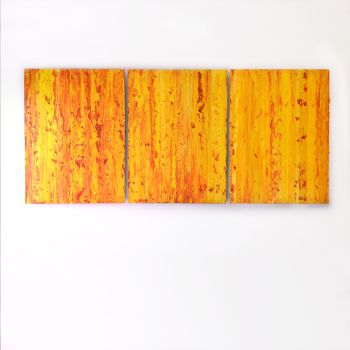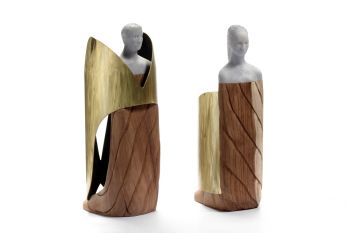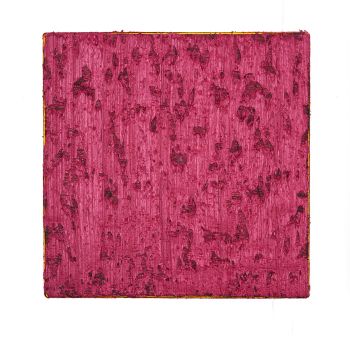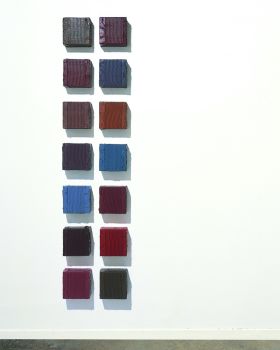A rare Long case clock with Dutch marqueterie late 17th
James Markwick
WoodWalnut
208 ⨯ 45 ⨯ 24 cm
Currently unavailable via Gallerease
- About the artworkA rare late 17th century walnut and marquetry inlaid longcase clock of one month duration and with twelve inch dial. The rising hood with overhanging cornice over an inlaid entablature supported on tapering spirally twisted columns with full inlay around the hood door. The long door inlaid with flowers, birds and an urn of foliage, all on a matching base. The 12 inch square brass dial with cruciform half hour markers subsidiary seconds and calendar aperture to the matted centre, the gilt cherub and foliage spandrels on a silvered ground, signed low “Markwick Londini” on the silvered Roman chapter ring.
James Markwick became Free of the Clockmakers' Company in 1692 and died in 1730. His father's business succeeded that of Samuel Betts, one of the great early clockmaking. He later went into business with his son-in-law, Robert Markham and was very highly regarded in the London market and, more latterly, gained an excellent reputation in the Ottoman Empire. Markwick was Master of the Worshipful Company of Clockmakers.
Marquetry (also spelled as marqueterie) is the art and craft of applying pieces of veneer to a structure to form decorative patterns, designs or pictures. The veneers used are primarily woods. Many exotic woods as well as common European varieties can be employed. Techniques of wood marquetry were developed in Antwerp and other Flemish centers of luxury cabinet-making during the early 16th century. Marquetry was introduced into London furniture at the Restoration of Charles II in 1660, the product of immigrant Dutch 'inlayers', whose craft traditions owed a lot to Antwerp. Panels of elaborately scrolling "seaweed" marquetry of box or holly contrasting with walnut appeared on table tops, cabinets, and long-case clocks.
Dimensions: Height 208 cm (height with rising hood 235 cm) x Width 45 cm x Depth 24 cm - About the artistJames Markwick became Free of the Clockmakers' Company in 1692 and died in 1730. His father's business succeeded that of Samuel Betts, one of the great early clockmaking. He later went into business with his son-in-law, Robert Markham and was very highly regarded in the London market and, more latterly, gained an excellent reputation in the Ottoman Empire. Markwick was Master of the Worshipful Company of Clockmakers.
Artwork details
Category
Subject
Style
Material & Technique
Colour
Related artworks
Unknown artist
A Surinam-themed Amsterdam long-case clock1746 - 1756
Price on requestZebregs & Röell - Fine Art - Antiques
 Curated by
Curated byGallerease Magazine
Unknown artist
A pair of angels Antwerp, 17th century, Carrara marble17th century
Price on requestFrederik Muller
 Curated by
Curated byDanny Bree
Unknown artist
Cristallo façon de Venise Drinking Glass1600 - 1650
Price on requestPeter Korf de Gidts - Antiquairs
Unknown artist
Een Gotische zuidelijke Nederlanden wandklok1580 - 1590
Price on requestNico van den Assem restauratie
Johannes van Dreght
Antique Dutch still life flowers in vase1740 - 1800
Price on requestGallerease Selected
1 - 4 / 24Unknown artist
A RARE LARGE JAPANESE LACQUERED LEATHER TELESCOPE1750 - 1800
Price on requestZebregs & Röell - Fine Art - Antiques
Unknown artist
A JAPANESE MODEL OF A NORIMONO, A PALANQUIN1650 - 1700
Price on requestZebregs & Röell - Fine Art - Antiques
Unknown artist
A SMALL IVORY NETSUKE OF A DUTCHMAN WITH A DRUM1750 - 1800
Price on requestZebregs & Röell - Fine Art - Antiques
Unknown artist
A RARE COMPLETE INDIAN SADELI INLAID WORK AND WRITING BOX1800 - 1850
Price on requestZebregs & Röell - Fine Art - Antiques
 Curated by
Curated byDanny Bree
Unknown artist
The Stamford Raffles Secretaires.1800 - 1813
Price on requestZebregs & Röell - Fine Art - Antiques
Unknown artist
A MARINE IVORY NETSUKE OF A DUTCHMAN HOLDING A CHINESE FAN18th century
Price on requestZebregs & Röell - Fine Art - Antiques
1 - 4 / 24Johannes Evert Akkeringa
'Nettenboetsters' in the Dunes1861 - 1942
Price on requestStudio 2000 Art Gallery
Dutch School
Arrival of a Dutch East Indiaman in the Table Bay18th century
Price on requestZebregs & Röell - Fine Art - Antiques
Antonie Derkinderen
Memory book Exhibition of Dutch Painting1892
Price on requestKunsthandel Pygmalion
Dutch School
Arrival of a Dutch East Indiaman in the Table Bay18th century
Price on requestZebregs & Röell - Fine Art - Antiques
Bernard Leemker
'Volendammer vissersboten in de haven van Hoorn´20th century
Price on requestGalerie Gabriëls
1 - 4 / 24Unknown artist
Antique Russian wooden icon: Archangel Gabrielearly 17th
Price on requestKunsthandel H.W.C. Dullaert Icons
1 - 4 / 24




